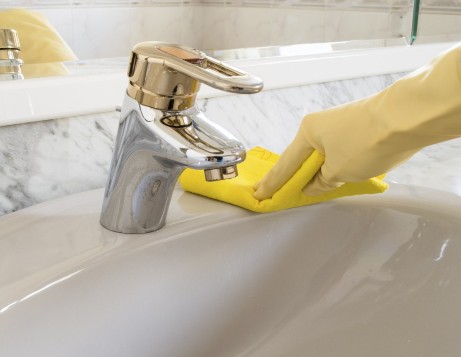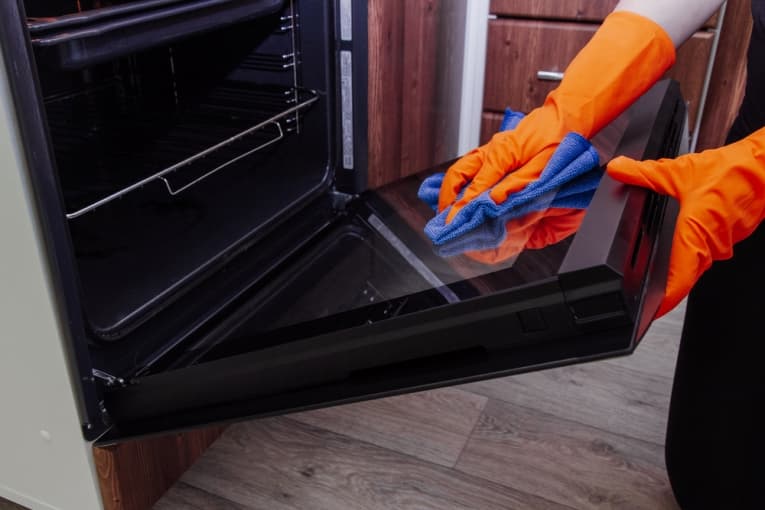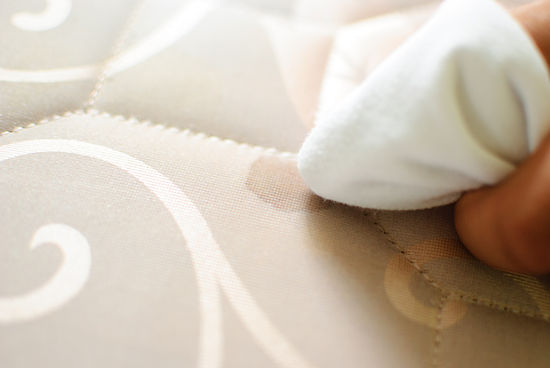The shower curtains play a key role by preventing soil, toilets and other objects from getting wet. However, sometimes they are not properly taken care of and mold or dirt stains are formed on them. This article explains how to take care of shower curtains and bathtubs so that they do not deteriorate and last longer, emphasizes the importance of bath ventilation and avoid moisture and pull with excessive force and gives recommendations for cleaning.

The bathroom is one of the most difficult places to clean in a house. On the one hand, by the need to disinfect quite frequently, and on the other, by the way moisture and condensation accumulate there. One of the main victims of these conditions is usually the shower curtain or bathtub, in which dirt or mold spots are often formed.
Listed below are a number of tips to take care of bathroom curtains, to prevent deterioration and damage, and to prolong their life.
Pay attention to bathroom ventilation
Ventilate the room whenever possible. This is especially important after someone takes a shower or a bath. This need is also proportional to the temperature of the water used, since the hotter it is, the greater the evaporation; and also to the humidity levels in the environment of the region where the house is located.
If the room has a window facing the outside (which is always advisable), it should be opened for at least a few minutes after the shower or bath. In case you do not have it, it is appropriate to install an air extractor, which facilitates the expulsion of moisture and the renovation of the air of the room. If the bathroom lacks both windows and a mechanical ventilation system, care should be taken to leave the door open for a few minutes.
Avoid moisture and pulls
Other tips to prevent moisture and excessive pulling damage the curtain are as follows:
Extend the curtain well to prevent folds from forming. It is in the folds where the moisture is retained and it is easier to appear mold stains. This can also occur in the lower part of the curtains, if they stay in contact with the sides of the bath. In certain cases – especially in poorly ventilated bathrooms – it may be advisable to leave the curtain extended outside the bath, at least until dry.
Do not allow the curtain to be too close to the ceiling. At the top of the room are concentrated the highest levels of temperature and humidity. Therefore, it is advisable to leave at least 20 centimeters between the ceiling and the top of the curtain, so that it does not expose itself to those conditions.
Run the curtain gently. If excessive force is exerted to run the curtain, it may be damaged, as well as the hoops or bar that holds it. If the bar is recessed, it can damage the joints in the wall, while if it is subject to pressure, it could even happen that the entire set falls to the floor. The ideal is to run the curtains gently, trying to take the curtain from the top.
How to clean curtains in showers or bathtubs
At the time of cleaning the bathroom, it is often the case that one concentrates on the toilets, the floor, the walls, etc., and the curtain of the shower or bathtub is a little forgotten. However, if it does not have mold or moisture stains, cleaning is simple and quick. A brine-soaked cloth should be run through the curtain, leave for 15 minutes, and then rinse well with clean water.
If the curtain has been affected by mold, use a stronger substance: bleach. It is recommended to dilute one part of bleach in 40 of water (may be a quarter liter of bleach in 10 liters of water) and apply on the stained part with a soft bristle cloth or brush.
If there are stains but not mold, it is possible to remove it using natural substances such as vinegar or water with bicarbonate. You can also put the curtain in the washing machine, with cold water (no more than 30 degrees) and not include the program of spinning or drying.
Finally, make sure the curtain dries well after cleaning and rinsing it. If the bathroom has good ventilation, they can be hung directly on your bar and let them dry there, but if not, it is best left on a clothesline and put them in place only once they have detached from any moisture.


